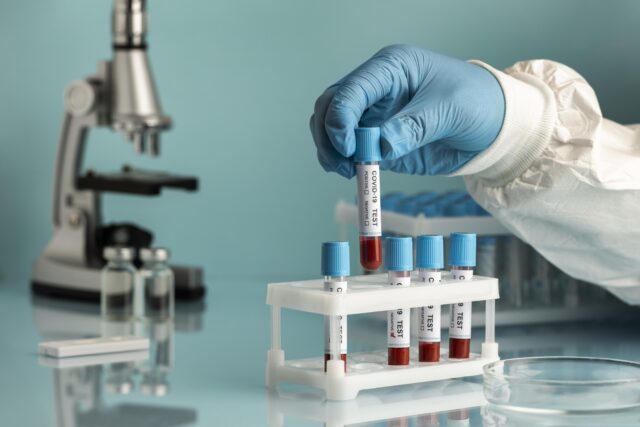Lab tests are a cornerstone of modern healthcare, providing valuable insights into your body’s inner workings. Whether it’s a routine blood panel or a specialized test, understanding your lab results is key to taking charge of your health. This blog will guide you through the essentials of interpreting your results, empowering you to make informed decisions about your well-being.
Why Lab Results Matter
Lab tests can detect potential health issues before symptoms arise, monitor ongoing conditions, and assess the effectiveness of treatments. They offer a snapshot of your body’s current state, allowing you and your healthcare provider to address concerns promptly. However, the numbers on lab reports can be confusing, and understanding them requires context.
Decoding the Basics
Lab results typically come with reference ranges, which indicate the expected values for a healthy individual. These ranges can vary based on factors like age, sex, and lab-specific methods. Here’s a breakdown of some common tests:
- Complete Blood Count (CBC): This test evaluates components like red and white blood cells, hemoglobin, and platelets. Abnormalities can point to conditions like anemia, infection, or inflammation.
- Basic Metabolic Panel (BMP): This measures substances like glucose, calcium, and electrolytes, providing insights into kidney function, blood sugar levels, and more.
- Lipid Panel: This assesses cholesterol levels, including HDL (good cholesterol), LDL (bad cholesterol), and triglycerides. These markers help evaluate your risk for heart disease.
- Liver Function Tests: These measure enzymes and proteins like ALT, AST, and bilirubin to check for liver health and detect damage or disease.
The Importance of Context
It’s crucial to interpret lab results in the context of your overall health. A single result outside the reference range doesn’t necessarily indicate a problem. For example, factors like diet, stress, medications, or even the time of day can influence results. Your healthcare provider will consider these variables alongside your medical history and symptoms.
Trends Over Time
One lab result offers a snapshot, but multiple tests over time provide a movie. Monitoring trends can reveal whether an issue is stable, improving, or worsening. For example, a consistently high blood sugar level may indicate diabetes, whereas a one-time spike might not.
How to Be Proactive
- Ask Questions: Don’t hesitate to ask your doctor to explain what your results mean and how they relate to your health goals.
- Keep Records: Maintain a personal health file to track your lab results over time. This can help you notice patterns and facilitate discussions with your doctor.
- Lifestyle Adjustments: Lab results often highlight areas for improvement, like reducing cholesterol or managing blood sugar. Use this information to guide dietary and exercise changes.
Conclusion
Understanding your lab results is an essential step toward proactive health management. While healthcare professionals play a vital role in interpreting these results, taking the time to educate yourself can lead to better health outcomes. Remember, lab tests are tools, not diagnoses. Use them as a guide to work collaboratively with your healthcare provider, making choices that support your long-term health and well-being.









